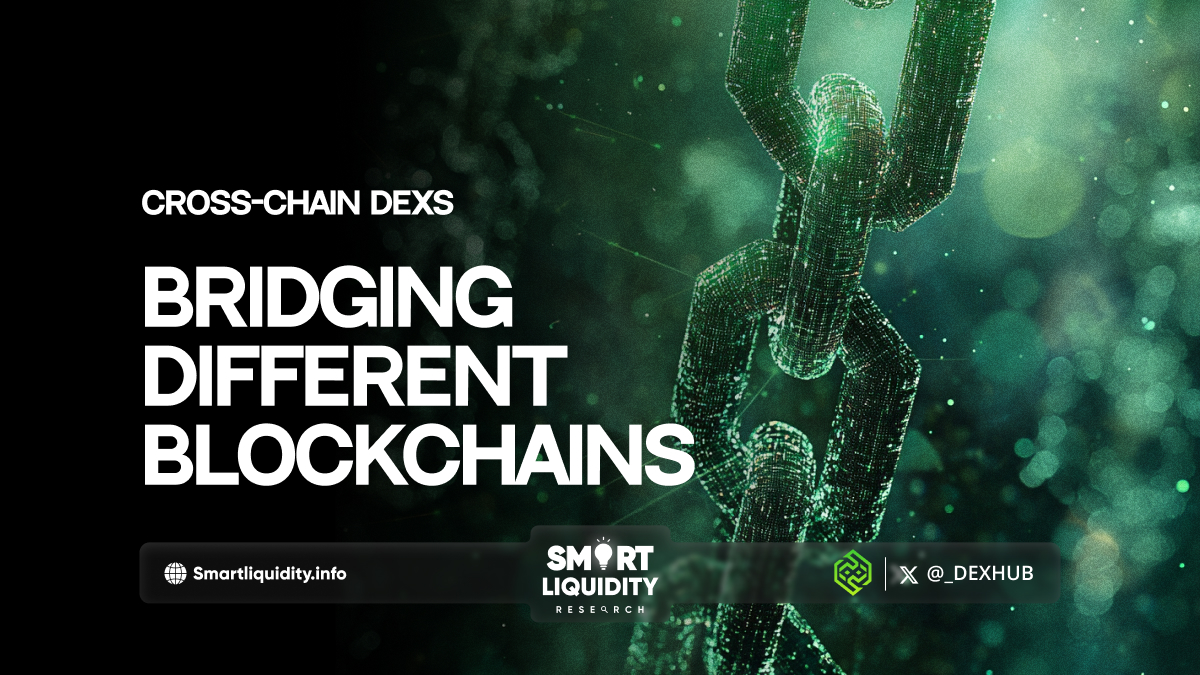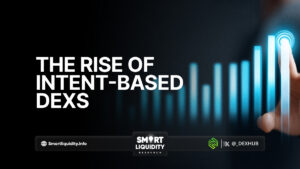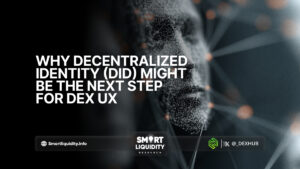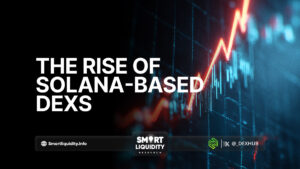Cross-Chain DEXs: Bridging Different Blockchains


In the rapidly evolving world of decentralized finance (DeFi), Cross-Chain Decentralized Exchanges (DEXs) are emerging as a transformative solution. These platforms allow users to trade assets across different blockchain networks without the need for centralized intermediaries. By bridging the gap between multiple blockchains, Cross-Chain DEXs enable greater liquidity, flexibility, and accessibility for traders worldwide.
Traditionally, decentralized exchanges have operated within the confines of a single blockchain, limiting their utility. However, with the rise of blockchain fragmentation, where each chain has its own ecosystem, Cross-Chain DEXs are helping to connect disparate networks. For example, users can now seamlessly swap tokens between Ethereum, Binance Smart Chain (BSC), and other blockchains, without having to go through centralized exchanges or rely on wrapped tokens.
One of the key advantages of Cross-Chain DEXs is their ability to enhance liquidity. By aggregating liquidity from multiple blockchains, these platforms can offer better trading pairs and reduce slippage. Furthermore, the ability to trade assets natively, without converting them into wrapped tokens, lowers transaction costs and improves efficiency.
Another benefit is decentralization. Unlike centralized exchanges, which store user assets in a single location, Cross-Chain DEXs operate autonomously, ensuring greater security and privacy. Additionally, users maintain full control over their private keys and funds throughout the transaction process.
However, despite these advantages, challenges remain. Cross-Chain interoperability requires sophisticated technology and reliable bridges to ensure smooth transactions. Moreover, issues such as security vulnerabilities and network congestion can still pose risks.
In conclusion, Cross-Chain DEXs represent a significant step forward in the DeFi ecosystem. As blockchain technology continues to mature, these platforms will play a crucial role in creating a more interconnected, efficient, and decentralized financial landscape.




